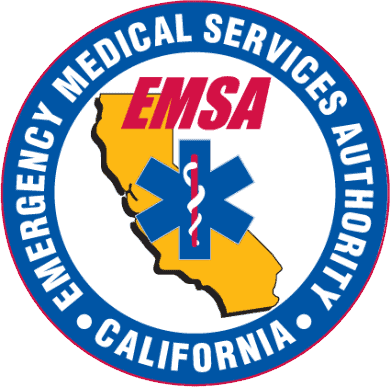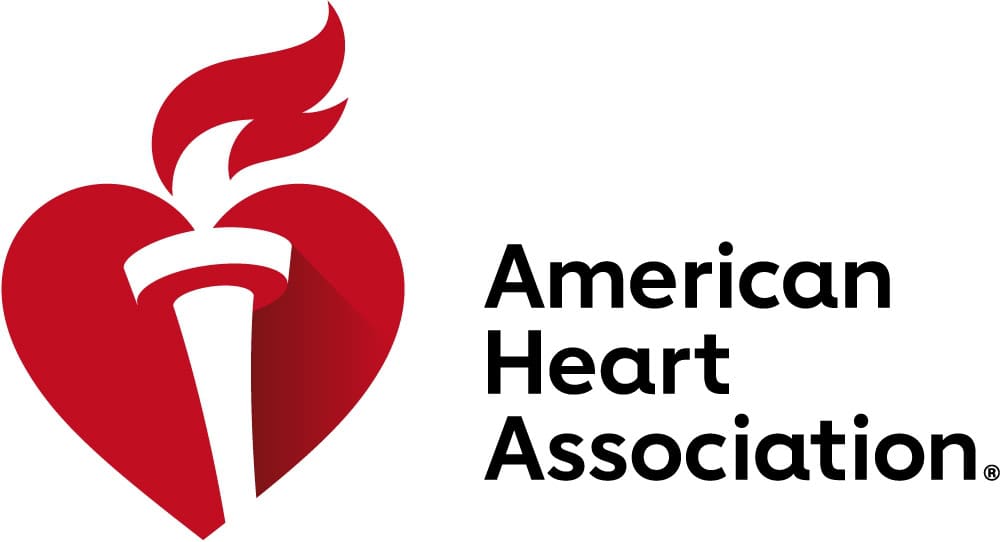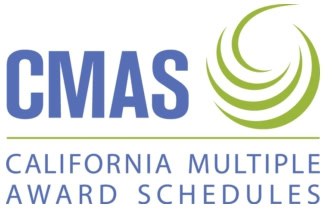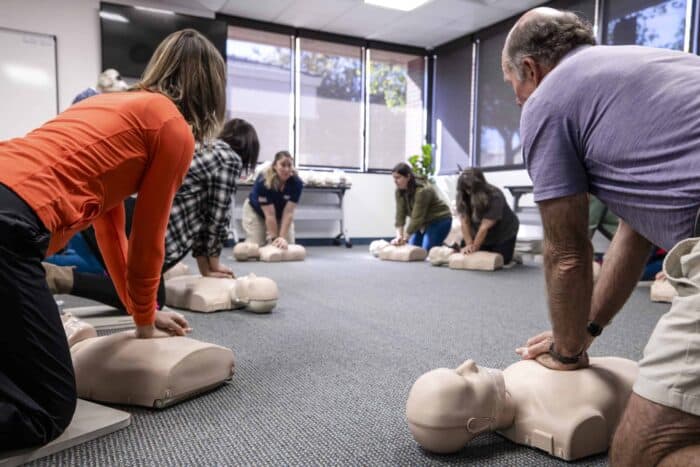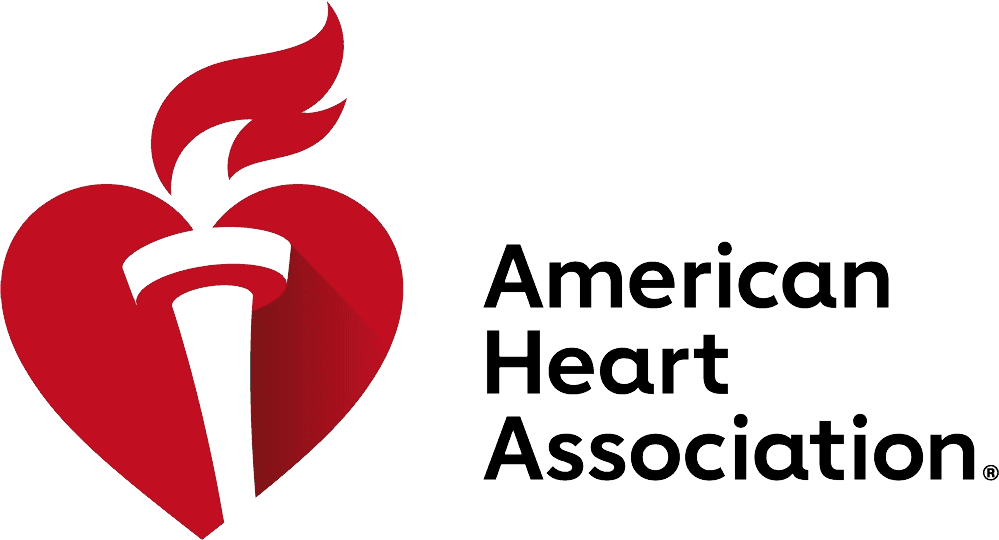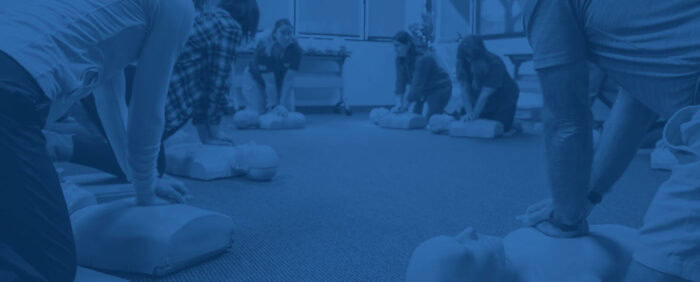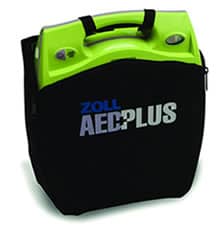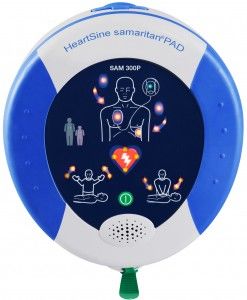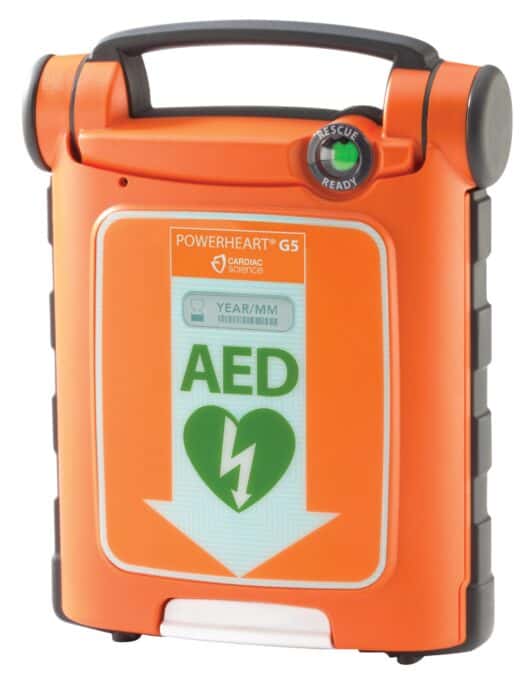Your cart is currently empty!
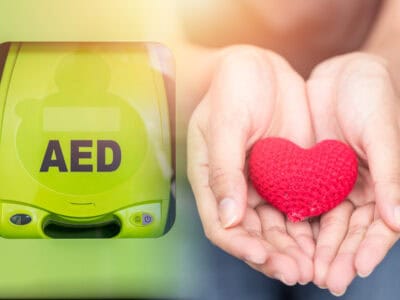
When facing a cardiac emergency, every second counts, literally. When the heart isn’t pumping blood normally, as in the event of a cardiac arrest, the chance of survival decreases by 10% for every 60 seconds that pass! However, the chance of survival is raised to up to 90% if the person receives help within the first couple of minutes. CPR (cardiopulmonary resuscitation) should be started immediately until someone can use an AED (automated external defibrillator) to shock the heart into restarting properly. Often, by the time the emergency medical team arrives at the scene, it’s far too late. An AED on hand can mean the difference between life and death, and since annually over 350,000 Americans experience cardiac arrest outside of the hospital setting, having AEDs in public spaces matters quite a bit. This blog, published by the Rescue Training Institute, specifically focuses on the AED requirements in California for various institutions, including schools, churches, gyms, and offices.
1. Are AEDs Required in California?
According to California law, there are situations in which AEDs are recommended and when AEDs are required. Here are the AED requirements in California:
AEDs are required in
- Public swimming pools
- Health studios
- Fitness centers
- Assembly buildings with an occupancy of greater than 300
- Business buildings with an occupancy of 200 or more
- Educational buildings with an occupancy of 200 or more
- Factory buildings with an occupancy of 200 or more
- Institutional buildings with an occupancy of 200 or more
- Mercantile buildings with an occupancy of 200 or more
- Certain commuter trains (California Public Utilities Code, Section 99175)
- Residential buildings with an occupancy of 200 or more, excluding single-family and multifamily dwelling units
- Schools with interscholastic athletic programs
While not required at home, an AED at your residence is recommended if an occupant or family member is at high risk of cardiac trouble. You can read more about AEDs for the home and cost considerations in our other article.
2. AED Requirements in California for Different Facilities
It’s good to understand that various facilities have different rules for AED use in California. Read further for a breakdown of AED requirements in California, including legal obligations and best practices by facility type.
Schools
- According to Education Code §35179.6, California public schools with interscholastic athletic programs must have and maintain at least one Automated External Defibrillator (AED).
- Public or charter schools that are required to have an AED on campus may seek funding for the acquisition and maintenance of the AEDs and for the training of employees to use the AED.
- The school is encouraged to provide the students with general information on the use and importance of an AED. If the high school has a health class as a graduation requirement, it must include CPR training.
Churches
Churches are not legally required to have AEDs, but it is highly recommended and can save lives.
Gyms and Fitness Centers
- California law mandates that gyms or fitness centers or gyms have AEDS and that the personnel are trained on using them properly.
- This excludes fitness centers in hotels.
Offices
There is no general requirement under California law specifically for offices; rather, the mandate applies to buildings constructed on or after January 1, 2017, with high occupancy. For example, if your office building or business has an occupancy of 200 or more, you are required to have AEDs in the common area of the building. If your business is under that occupancy, while not mandated by law, AEDs are encouraged as part of OSHA’s safety protocols.
Workplaces with such high foot traffic could be considered not doing their due diligence if they fail to uphold their duty of care and provide AEDs for use in case of emergencies.
Swimming Pools
Are AEDs required at swimming pools in California? Yes, pools are required to provide an AED unit on site (that is easily accessible during operational hours via the AED location requirements of OSHA) if the swimming pool is:
- Public
- Provides life guard services
- Charges a direct fee
3. AED Inspection Requirements and Maintenance
AEDs should be strictly maintained to make sure they work exactly when they need to every time. AEDs should be checked monthly, including inspecting the batteries, pads, and the device’s functionality.
Does it seem overwhelming to think about keeping track of inspections, expiration, recalls, and more of your AED? Rescue Training Institute offers a comprehensive program management service called RescueManager™. “RescueManager™ makes things simple for you by consolidating all the essential components of AED program management into one easy-to-use online platform. From tracking AEDs and inspections to monitoring expiration dates and receiving FDA recall notifications, RescueManager™ keeps your program compliant and up-to-date.”
Contact Rescue Training Institute today to sign up for RescueManager™.
4. AED Location Requirements and OSHA Considerations
While OSHA does not set strict rules on exactly where AEDs must be placed, they do provide important recommendations to make sure they can be found and used quickly during an emergency. According to the American Heart Association, more than 15% of out-of-hospital cardiac arrests happen in public places, so quick access to an AED can mean the difference between life and death.
Best practices for AED placement include:
-
Install AEDs where people gather or work closely together – such as lobbies, cafeterias, gyms, or large meeting rooms.
-
Place them in visible, easy-to-reach locations – avoid tucking them away in locked offices or behind obstacles.
-
Use clear signage so anyone can spot the AED instantly, even from across a room or hallway.
-
Follow ADA height guidelines – AED cabinet handles should be mounted 15–48 inches above the floor for easy access, and placement should allow people with disabilities to reach them without obstruction. (You can read our full guide to AED mounting height requirements here)
-
Ensure quick response time – AEDs should be positioned so they can be retrieved and used within 3–5 minutes of a cardiac event.
By following these guidelines, workplaces and public facilities can make sure their AEDs are both compliant and truly life-saving in a moment of need.
5. Legal Protection Under the Good Samaritan Act
California’s Good Samaritan Act protects AED users and organizations from liability. In case of emergency cardiac arrest, anyone who uses an AED is protected by the Good Samaritan Act of California, given the restrictions below.
“Grants certain protections from civil liability for lay rescuers who use an AED as long as the use and placement of the AED is compliant with 1797.196 of the Health and Safety Code. §1797.196 of the Health and Safety Code requires the AED be maintained and tested according to manufacturer guidelines, records be maintained of maintenance and use, training be provided in the use of AEDs and reporting to the Local EMS Agency of the location of any AED if one is acquired.”
Final Tips and Resources from Rescue Training Institute
AEDs should be in every building, even if they are not mandated by California state laws. Contact Rescue Training Institute for information on AED training classes (such as Basic First Aid with CPR & AED Class, CPR & AED Class, CPR, AED & Basic First Aid Blended Training for the Workplace, and High Performance CPR Class. In addition, the Rescue Training Institute AED store is your one-stop shop for all things AED.
With help from Rescue Training Institute, you might be able to save a life soon with an AED.
Buy Authorized AEDs with Rescue Training Institute
Buy ready-to-deploy AEDs that meet rigorous standards in California and nationwide. Choose from trusted brands like ZOLL, Cardiac Science, HeartSine, and Defibtech. Shop AEDs here in our online store, or call us if you have questions about purchasing AEDs and managing your AED program.
-
ZOLL AED 3 (Full or Semi-Automatic)
Price range: $2,307 through $2,427 Select options This product has multiple variants. The options may be chosen on the product page -
ZOLL AED PLUS, Fully Automatic, with AED Cover
$2,080 Add to cart -
HeartSine Samaritan 350P Semi-Automatic AED or 360P Fully-Automatic
Price range: $1,455 through $1,800 Select options This product has multiple variants. The options may be chosen on the product page -
Defibtech Lifeline AED (Semi-Automatic or Full-Automatic)
Price range: $1,550 through $1,745 Select options This product has multiple variants. The options may be chosen on the product page -
Cardiac Science G5 AED (Full or Semi-Automatic)
Price range: $2,157 through $2,282 Select options This product has multiple variants. The options may be chosen on the product page

